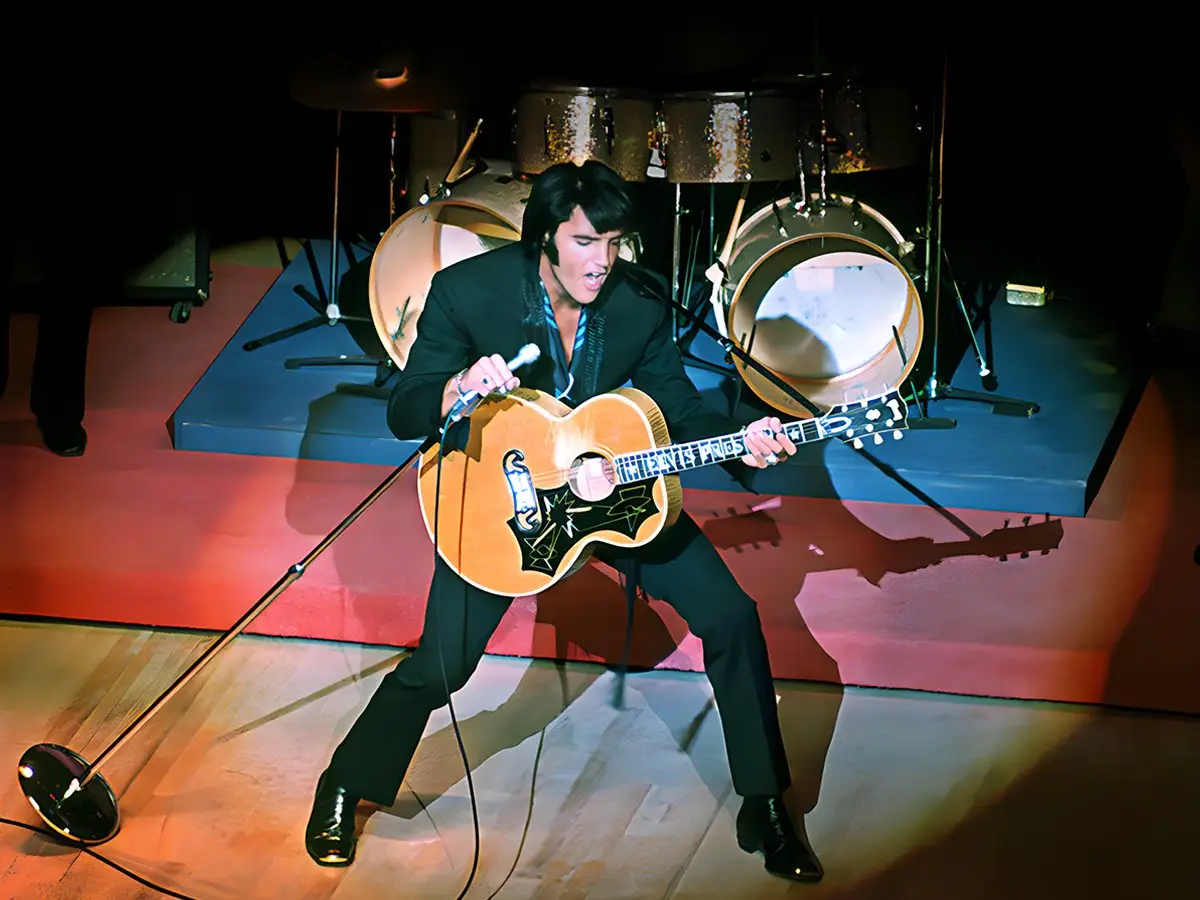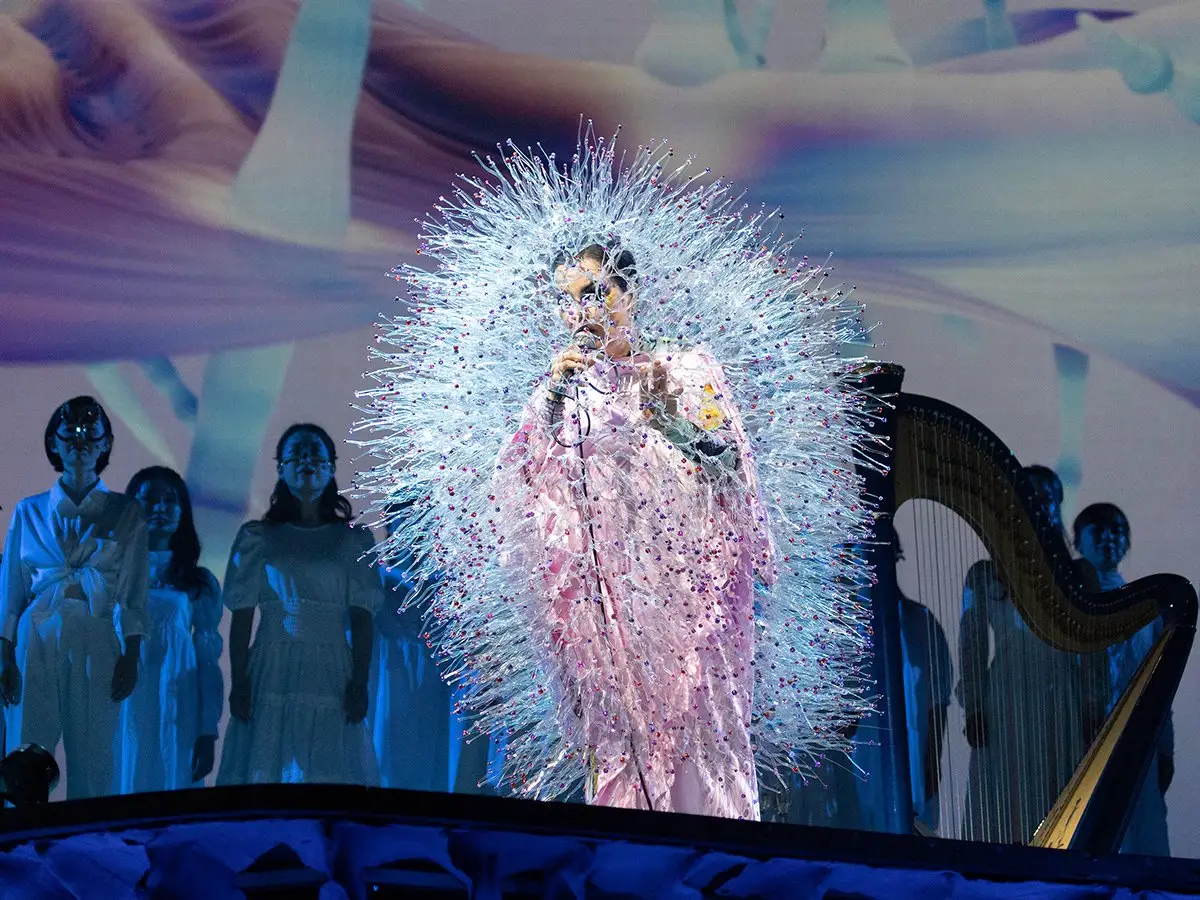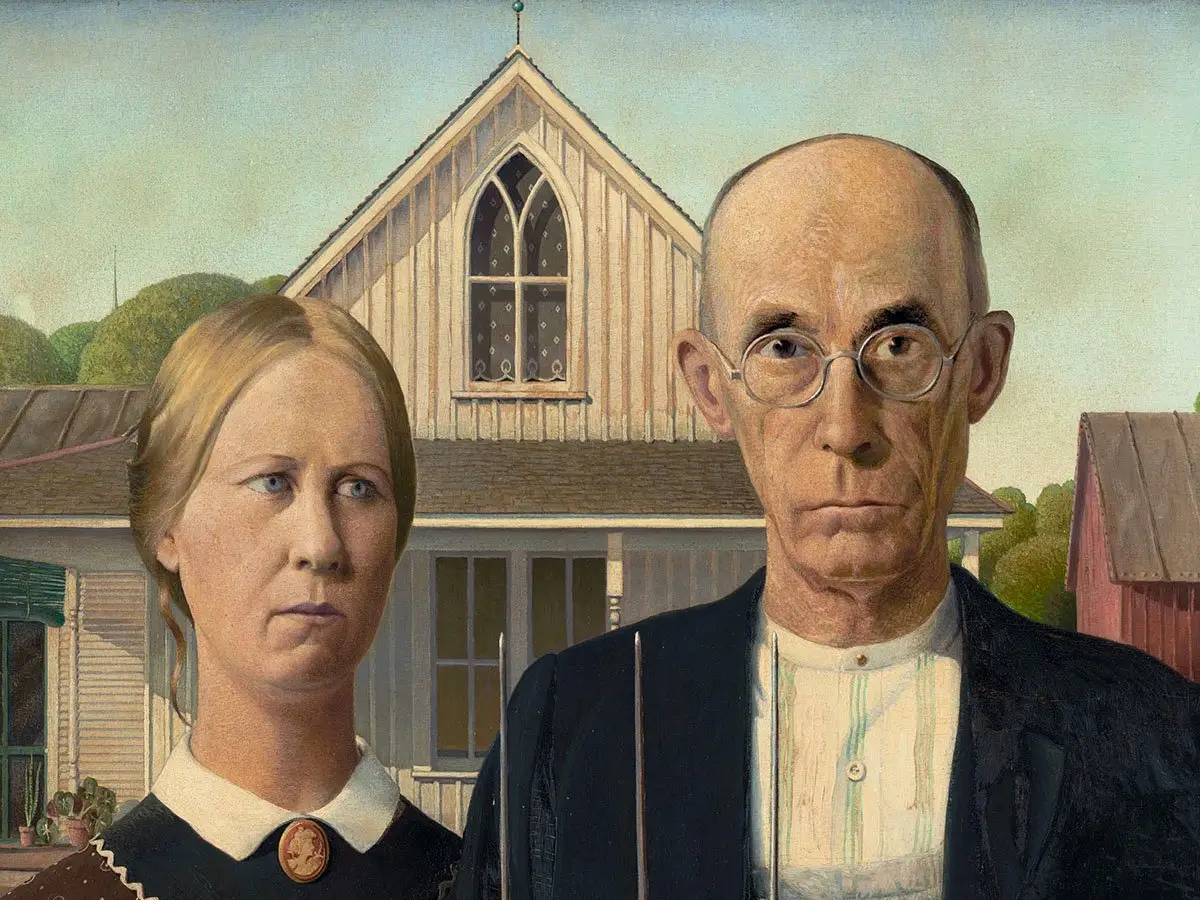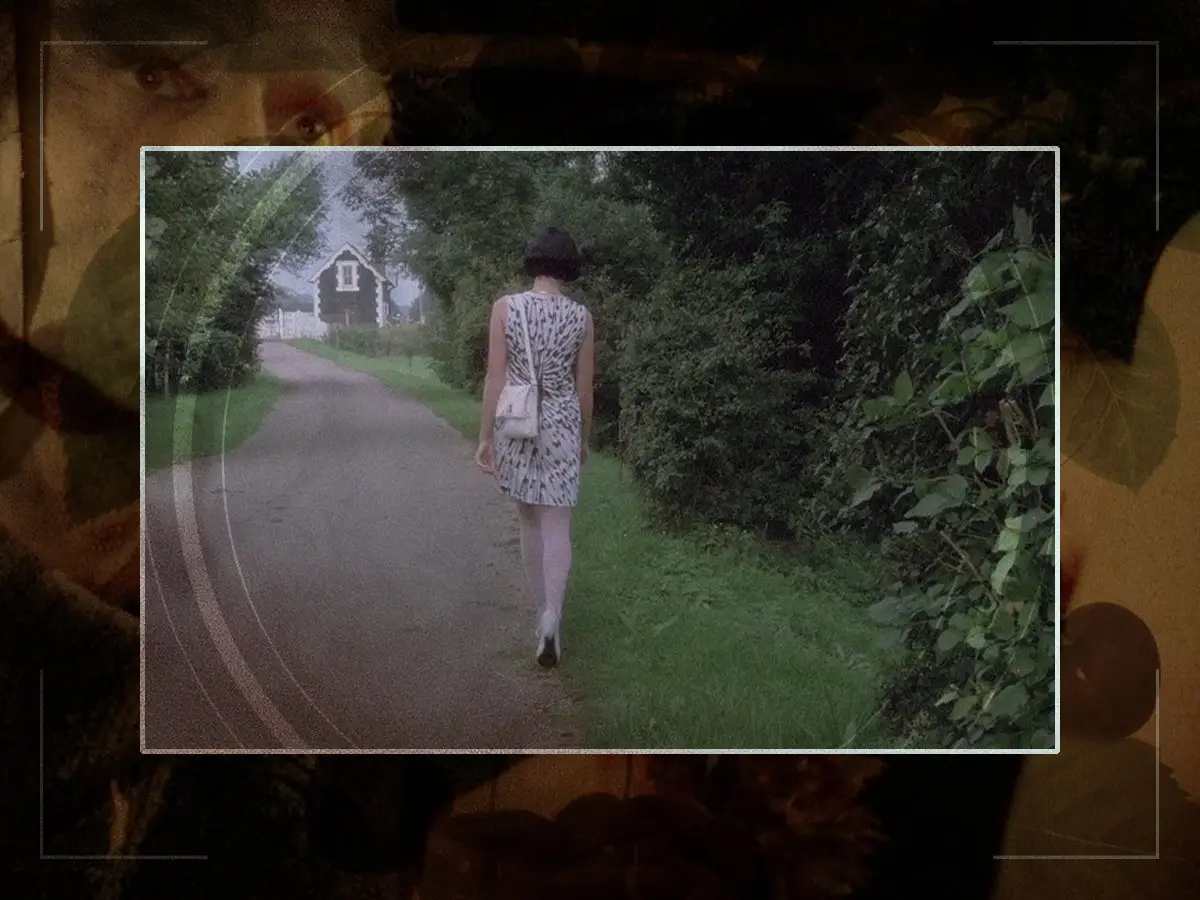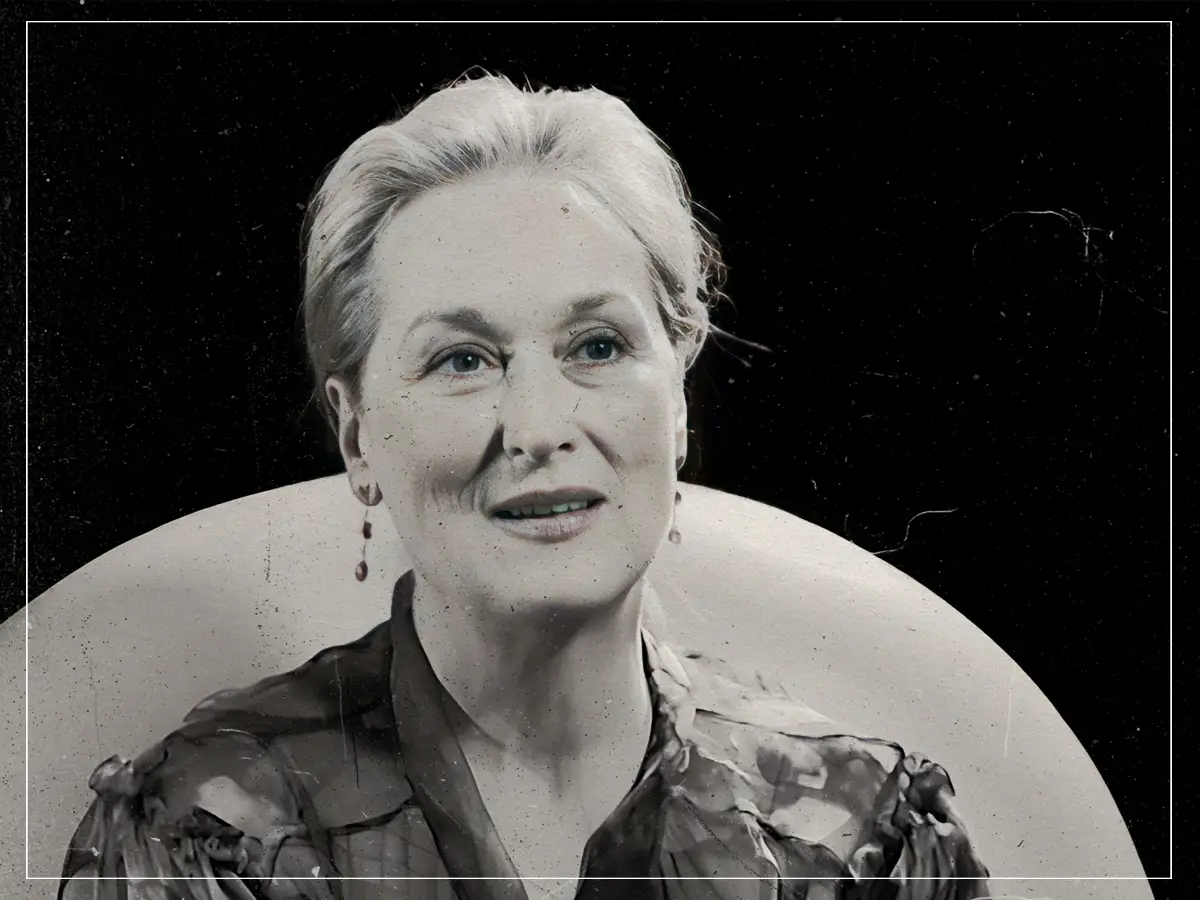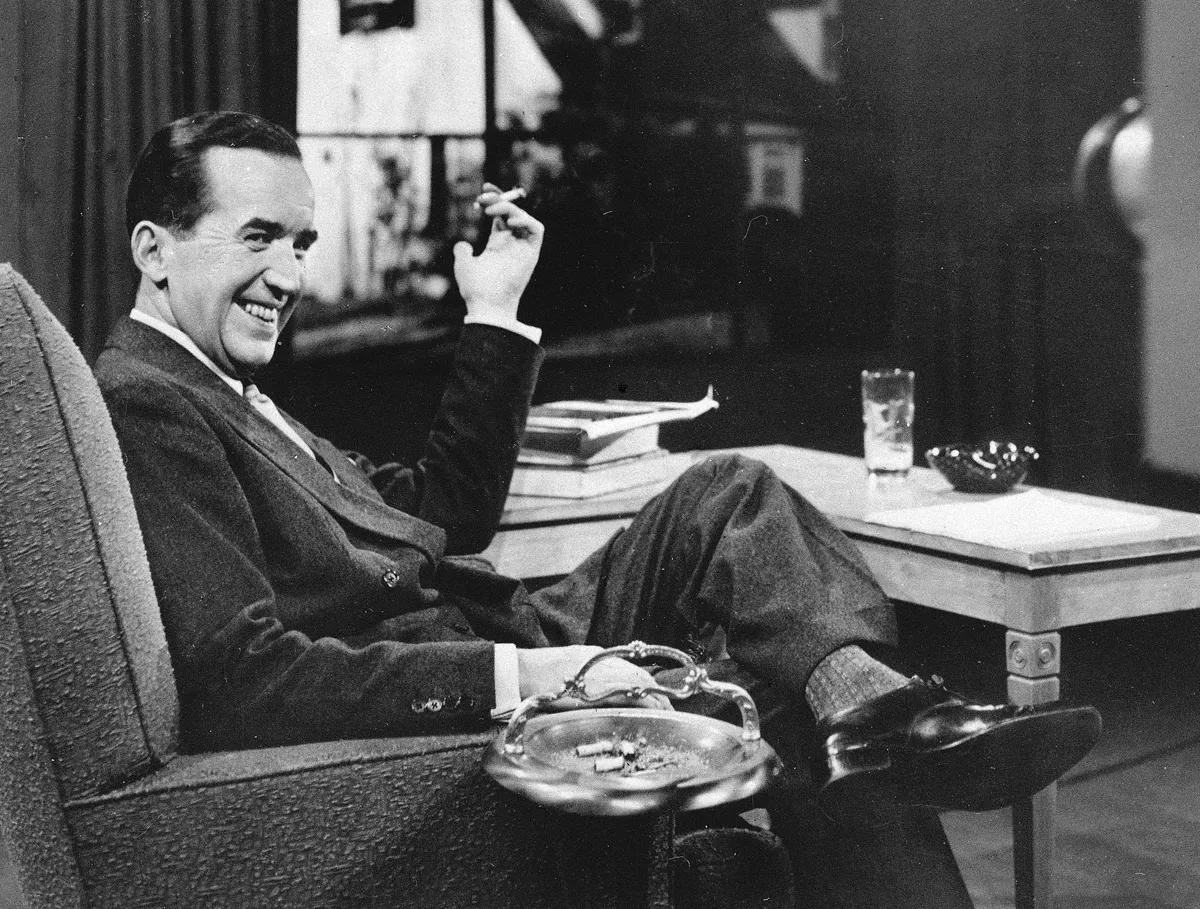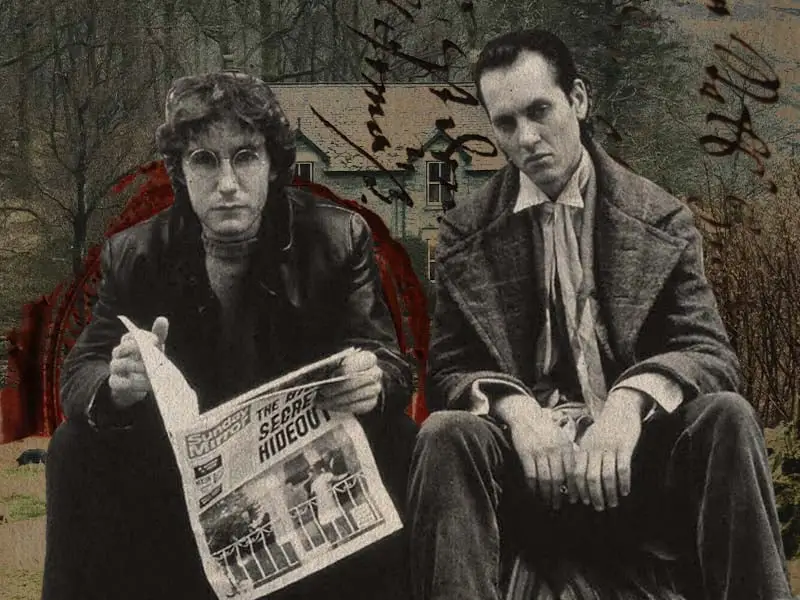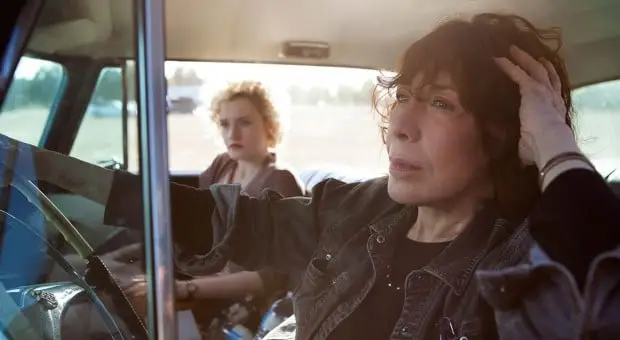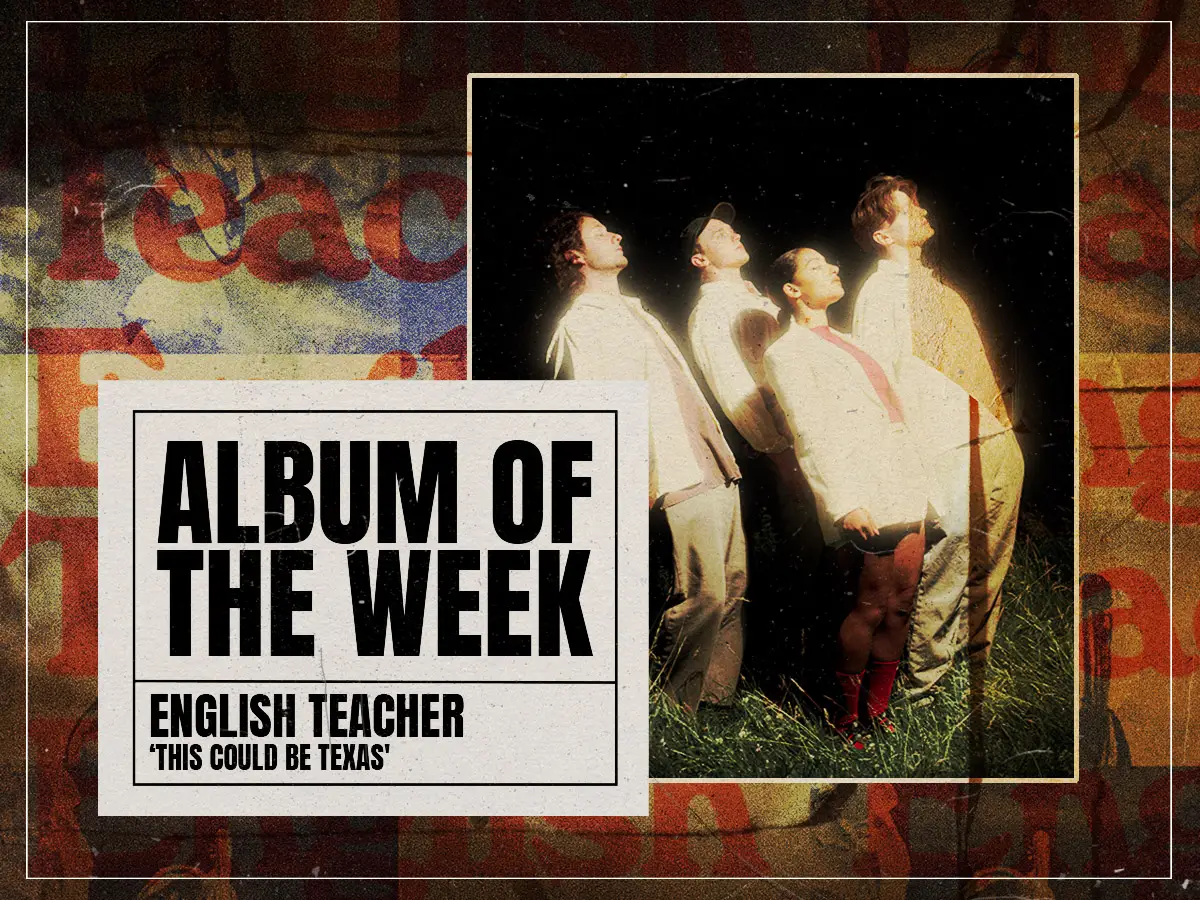Dos jovens raivosos, Michael Caine e o aparecimento de histórias da classe trabalhadora no cinema britânico
For many years, the lives of working-class British people were invisible on screen\. Not only that, but actors from working-class backgrounds were hard to come by, thus meaning that a large chunk of Britain’s screen icons were privately educated or well-connected figures\. This imbalance within the industry prevented authentic stories from being told, silencing the voices and experiences of a massive group of the British population\.
giannina maradona
Posh actors dominated the screens with their received pronunciation accents that asserted them as well-educated figures\. The working-class person always had to have an accent before, was often a joker, and peripheral, actor Rita Tushingham told Independente. Indeed, there were hardly any working-class protagonists or stories about the plight of poverty, unemployment, governmental disillusionment, or abortion\.
Assim, na década de 1950, o movimento de jovens irritados foi criado no mundo da literatura, teatro e cinema e mudou tudo. Após a guerra, uma nova geração de jovens se sentiu consternada com o nível generalizado do nível de desemprego e as pessoas forçadas a trabalhar pouco dinheiro nos ossos. Muitas pessoas não podiam pagar lugares agradáveis para viver e inúmeras pessoas sofriam de SSPT, dor e um sentimento de sintomas.
As cidades e cidades do povo do povo foram agora destruídas pelas bombas e já tinham uma comunidade arruinada, e essa representação física de destruição e vazio refletia as emoções que muitos sentiam naquele momento. Essa decepção chegou a um ponto de ebulição em meados da década de 1950, porque as pessoas tiveram dificuldade em avançar e prosperar em um país que sempre ficou surpreso com os efeitos da guerra e das desigualdades econômicas.
Com o jogo de John Osborne Olhe para trás com raiva , uma voz no corte final. Michael Caine discutiu o trabalho um dia O guardião , explaining: When it changed, it was all down to the writers\. They started writing for working-class people and it made all the difference\. Playwrights like Noël Coward, someone I later knew very well, wrote middle-class parts for the stage\. If you had a cockney accent you were going to play the butler\. But John Osborne wrote Look Back in Anger in 1956, and that, I believe, was the first major piece of theatre that had a working-class hero\.
Things were beginning to change, with the stories of working-class people making more of a dent in popular culture than ever before\. Other writers that were dubbed part of the ‘angry young men’ movement \(although most hated this term\) included Kingsley Amis, Alan Sillitoe, and John Braine, whose stories really changed the game in regards to the representation of normal British people and their struggles\.
At the same time, the Free Cinema documentary movement helped to pave the way for depictions of British working-class issues on screen\. These filmmakers—including Lindsay Anderson, Tony Richardson, and Karel Reisz—used a Verdade cinematográfica style to cheaply chronicle elements of working-class life to great success\.
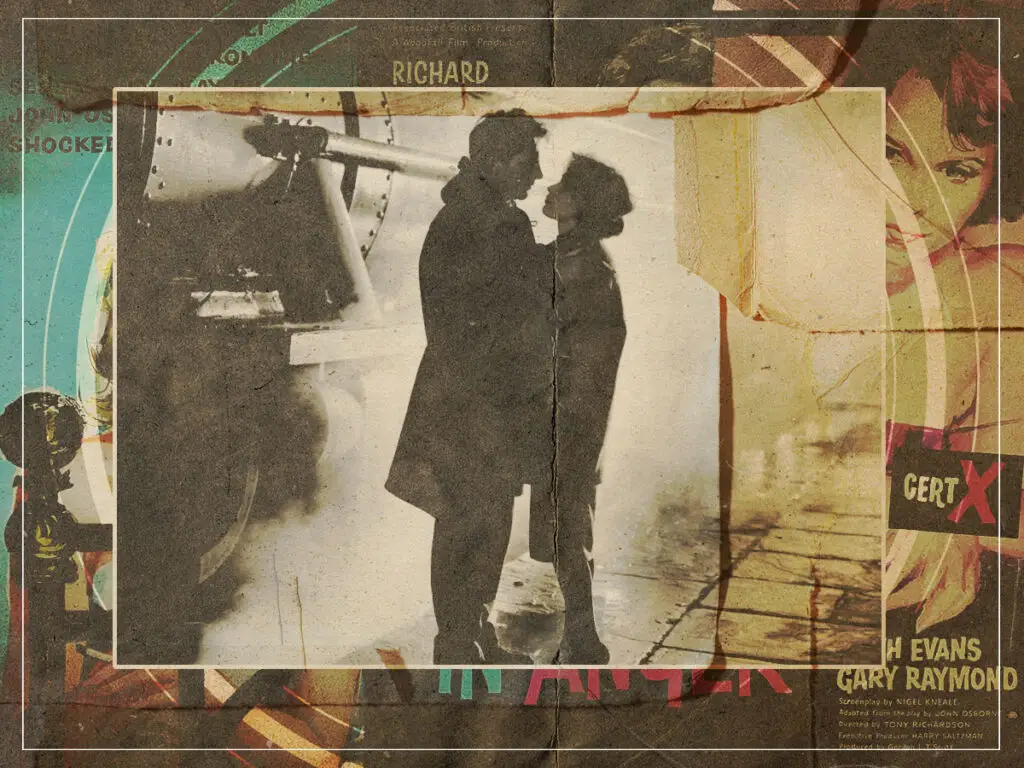
Olhe para trás com raiva (Credits: Far Out / BFI)
Em 1959, Olhe para trás com raiva Foi um filme de Richardson, associado a Osborne, que fundou a Woodfall, uma empresa de produção responsável por muitos dramas da pia da cozinha, que foram criados pelas obras e histórias de jovens raivosos. O movimento se estendia ao teatro, filosofia, romances e cinema, mas o último foi talvez a opção mais acessível de que essas histórias teriam sido transferidas para as massas.
Seguir Olhe para trás com raiva , Filme venha Jack Clayton Acima , Viagem Sábado à noite e domingo de manhã , Y Richardson L'artista emerged as cinematic versions of works by the likes of Osborne, Sillitoe, and Braine\. Putting the experiences of working-class men on the map, these films explored themes such as employment, romance, and friendships through a class-centric lens, typically questioning authority and depicting squalid living conditions and workplaces\.
Talvez você se pergunte o que aconteceu em relação a isso working-class female representation - Algo que era menos comum no gênero da bacia de lavagem do que o número de filmes com protagonistas masculinos. Um gosto de mel , a play by Shelagh Delaney that was turned into a film by Richardson in 1961, was the most prominent movie from the period to take women’s struggles into consideration\. The movie, starring the working-class Tushingham, explored abortion, interracial relationships, and homosexuality among its depiction of class, and it remains one of the most influential stories from the era\.
Como resultado, muitos outros filmes apareceram com protagonistas como Ken Loach Vaca pobre (Com base em uma história de in the Dunn) e Cathy volta para casa , Silvio Narizzanos Georgy Girl , Y Bryan Forbes Espaço na forma de L. Gradually, the depiction of both men and women of working-class backgrounds became more common on screen, creating a breakthrough moment for budding actors who weren’t from posh lineages to consider their chances in the industry\.
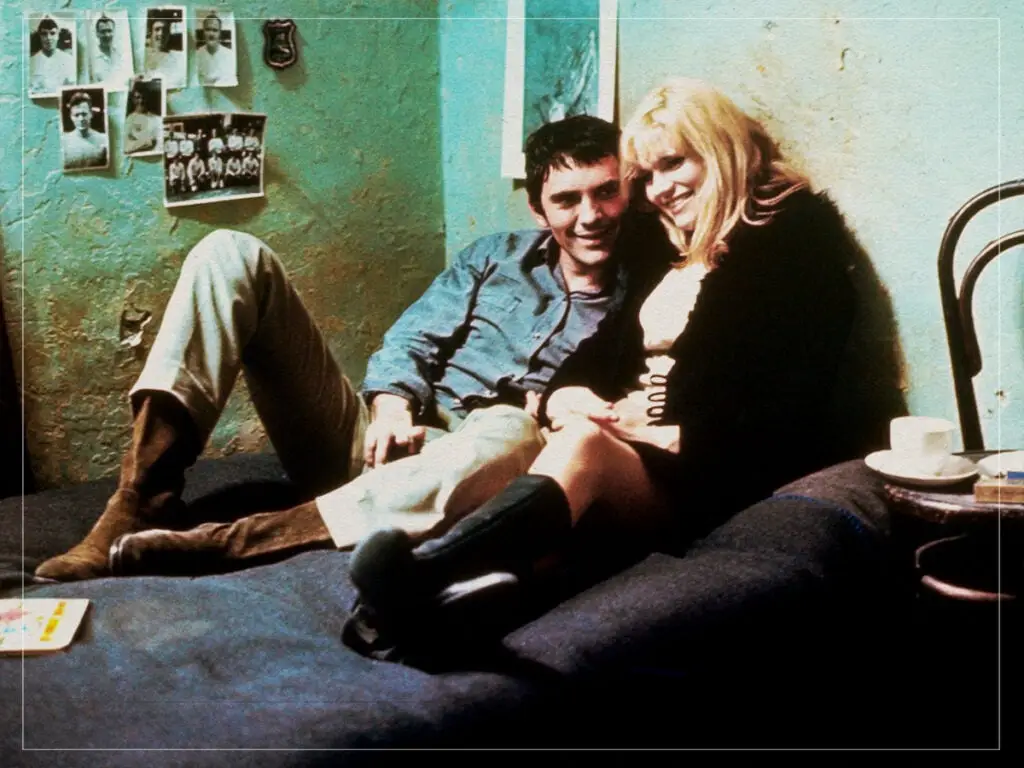
Vaca pobre (Credits: Far Out / Anglo-Amalgamated)
marieangela king
Portanto, como Caine, inspirado pela mídia como B. Olhe para trás com raiva , realised the importance of keeping their ‘working-class accents’ as a symbol of pride\. Caine decided to be an actor because I thought it would be a lot better than working in a factory, he told O guardião , Começando como gerente de palco em Horsham. A partir daí, ele conseguiu construir sua carreira de ator e finalmente obteve uma tarefa principal no filme de 1966 Alfie , Uma comédia de drama na pia, que se seguiu ao protagonista de Caine Cockney com uma série de problemas românticos e problemas pessoais.
Caine’s career in the ‘60s saw him star in American and British movies, but he never shied away from the fact he was a working-class actor without familial or monetary connections to the film industry\. With the rise of the kitchen sink drama in British cinema allowing working-class people to be taken more seriously, the decade allowed for a more diverse mix of people from different class backgrounds to succeed\.
Of course, this phenomenon has fluctuated over the years, and it seems as though most British stars are still those from rich backgrounds\. Yet, thanks to the angry young men movement, which led to an array of powerful kitchen sink dramas about both men and women, British cinema has become known for its gritty tales of working-class life, which lives on through filmmakers working today, like Loach, Mike Leigh, Andrea Arnold, Shane Meadows, Charlotte Regan, and Luna Carmoon \.
Embora os filmes da era da piscina de lavagem não sejam todos sem culpa, a maioria deles era um retrato com uma predominância branca no país, mas eram campos importantes para histórias mais diferentes no cinema britânico. As pessoas foram inspiradas a se tornarem atores e autores devido a esses filmes que ofereceram uma visão realista e necessária de uma Grã -Bretanha que muda rapidamente e sua herança e influência não podem ser falsas.


